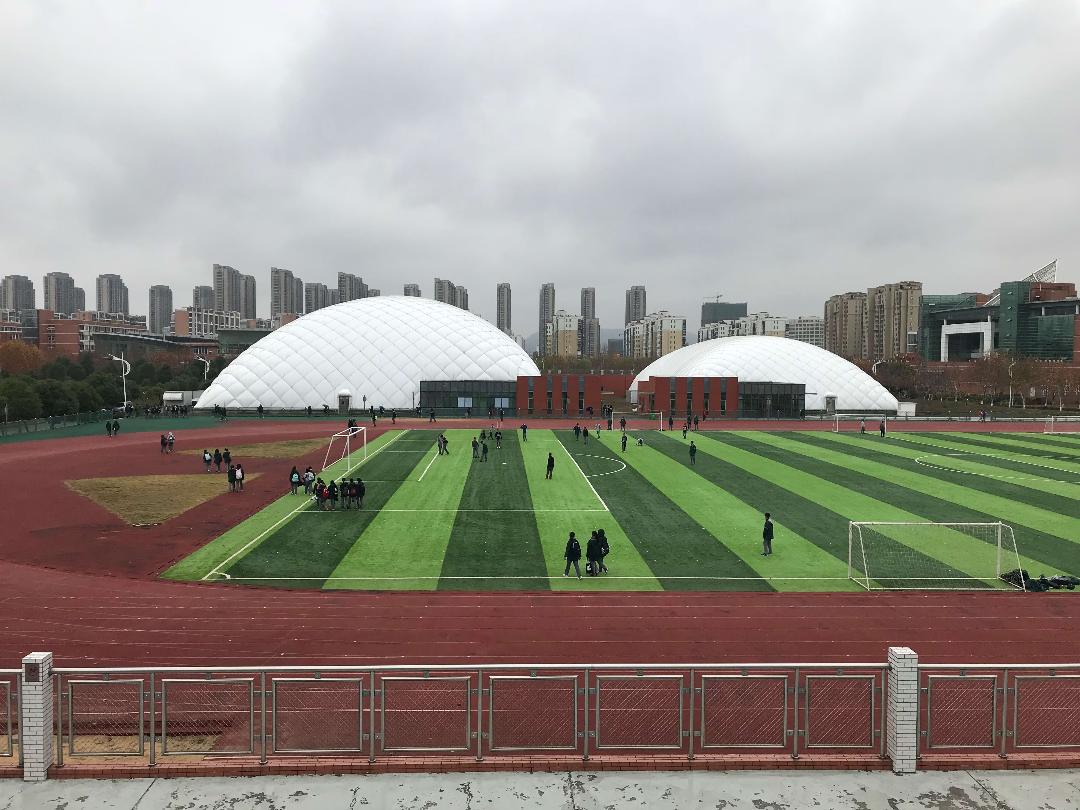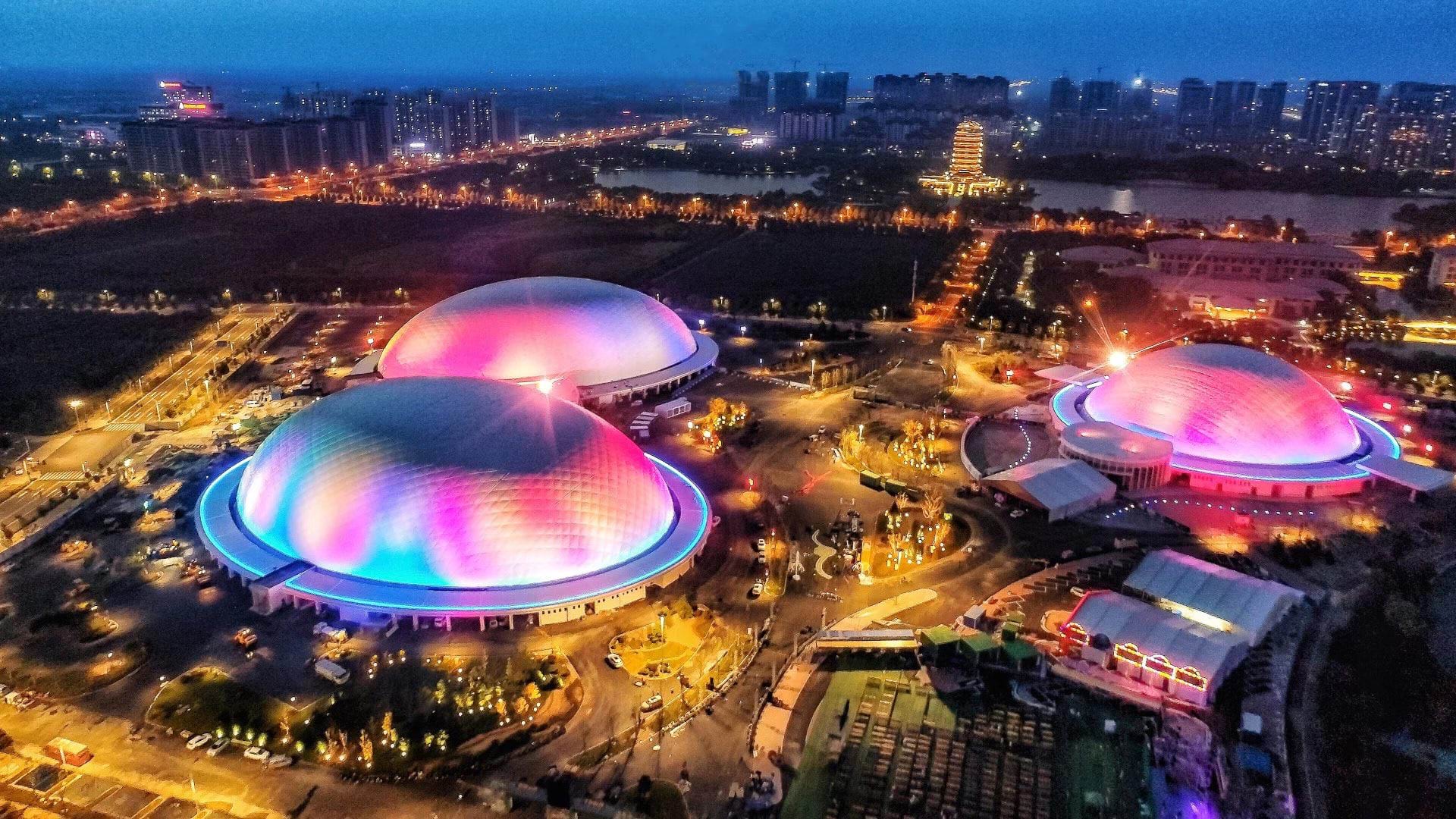The Challenge of Climate Change
The challenge of climate change is a pressing issue that cities around the world are confronting with increasing urgency. As global temperatures rise, urban areas are often the first to experience the adverse effects. The concentration of buildings, vehicles, and industries in cities contributes to higher levels of greenhouse gas emissions, which in turn exacerbate global warming. This cycle of emissions and warming leads to a variety of environmental problems, including more frequent and severe heat waves that can cause heat stress and exacerbate health conditions. Additionally, cities are more susceptible to flooding due to their often-concrete-heavy infrastructure, which lacks the capacity to absorb and manage excess rainfall effectively.
The urban heat island effect, a phenomenon where man-made surfaces absorb and retain heat, further intensifies the impact of climate change on city dwellers. This effect can lead to higher energy consumption for cooling, increased emissions, and a decline in air quality, all of which negatively impact the health and well-being of urban populations. Moreover, the changing precipitation patterns and the rise in sea levels pose significant risks to coastal cities, with the potential to displace populations and disrupt economies.
The traditional approaches to urban planning and infrastructure development have not been designed to cope with these rapidly changing conditions. The need for innovative, adaptive solutions that can respond to the dynamic challenges posed by climate change has never been more critical. It is within this context that the concept of Air Domes emerges as a potential game-changer in the realm of sustainable urban development.
The Emergence of Air Domes
Air Domes represent a groundbreaking innovation in the field of urban environmental management. These structures are essentially large, transparent or semi-transparent enclosures that are designed to cover specific urban areas, creating controlled environments within. The size and scale of Air Domes can vary greatly, from small-scale domes that cover individual buildings to vast installations that encompass entire city blocks.

The primary function of Air Domes is to regulate the internal environment of the enclosed space. They are equipped with advanced technologies that can control temperature, humidity, and air quality, effectively creating microclimates within the urban landscape. This ability to control the environment allows for the creation of comfortable and habitable spaces, even in the face of extreme external weather conditions.
One of the key features of Air Domes is their adaptability. They can be designed to respond to the specific needs of the area they are intended for, whether it's to provide relief from extreme heat, protect against heavy rainfall, or even to create a more conducive environment for plant growth in urban agriculture initiatives. This adaptability makes Air Domes a versatile tool in the urban planner's toolkit, capable of addressing a wide range of environmental challenges.
Sustainable Benefits of Air Domes
The sustainable benefits of Air Domes are manifold and contribute significantly to the broader goals of reducing energy consumption and combating climate change. By maintaining a stable internal environment, Air Domes can reduce the energy required for heating and cooling buildings. This is achieved through a combination of insulation and advanced climate control systems that work in harmony to optimize energy use.
The use of renewable energy sources to power Air Domes is a critical aspect of their sustainability. Solar panels, wind turbines, and other renewable energy technologies can be integrated into the design of Air Domes, ensuring that they operate on clean energy. This not only reduces the carbon footprint of the enclosed space but also contributes to the overall energy independence of the city.
Moreover, Air Domes can be designed to incorporate energy-efficient technologies such as smart lighting systems, which use sensors to adjust light levels based on occupancy and natural light availability. This further reduces energy consumption and contributes to the overall sustainability of the urban environment.
Combating Urban Pollution
Urban pollution, particularly air pollution, is a significant health hazard and a major contributor to climate change. Air pollution is responsible for a range of health issues, from respiratory problems to cardiovascular diseases, and can have a particularly detrimental impact on vulnerable populations, such as children and the elderly. In addition to the health risks, air pollution contributes to climate change by increasing the levels of greenhouse gases in the atmosphere.
Air Domes offer a unique solution to the problem of urban pollution. By enclosing a specific area, they can effectively filter out pollutants, providing a cleaner air supply within the dome. This is achieved through the use of advanced filtration systems that can remove particulate matter and harmful gases from the air. The result is an environment with significantly improved air quality, which not only benefits the health of the residents but also enhances the overall livability of the city.

The impact of Air Domes on urban pollution reduction extends beyond the immediate area they enclose. By creating spaces with cleaner air, they can serve as models for other urban areas, demonstrating the feasibility and benefits of air purification technologies. This can lead to a broader adoption of similar technologies and strategies, contributing to a city-wide improvement in air quality.
Enhancing Urban Resilience
The resilience of cities to extreme weather events is a critical aspect of sustainable urban development. Climate change has led to an increase in the frequency and severity of extreme weather events, such as storms, heat waves, and flooding. These events pose significant risks to urban infrastructure, public safety, and the continuity of essential services.
Air Domes can enhance urban resilience by providing a protective layer for critical infrastructure and public spaces. By enclosing these areas, Air Domes can shield them from the direct impact of extreme weather events, reducing the risk of damage and ensuring the continuity of services. For example, an Air Dome covering a transportation hub could protect it from flooding during heavy rainfall, ensuring that transportation services continue uninterrupted.
The resilience provided by Air Domes is not limited to physical protection. By maintaining a controlled environment, they can also help to stabilize the urban ecosystem in the face of climate variability. For instance, Air Domes enclosing green spaces can help to preserve local biodiversity by protecting plants and animals from extreme temperature fluctuations and other climate-related stressors.
The integration of Air Domes into urban planning can therefore contribute to the overall resilience of the city, ensuring that it can continue to function effectively in the face of escalating climate risks. This resilience is essential for the long-term sustainability of urban areas and for the well-being of their residents.
The Future of Air Domes in Cities
As cities continue to grow and evolve, the potential applications of Air Domes in urban planning are vast and varied. From protecting green spaces to enclosing transportation hubs, the versatility of Air Domes allows them to be tailored to meet the specific needs of different urban environments. As technology advances, we can expect to see even more innovative uses of Air Domes that will help cities adapt to the challenges of climate change.
One potential application of Air Domes is in the realm of urban agriculture. By creating controlled environments that can maintain optimal growing conditions, Air Domes can facilitate the cultivation of crops in urban areas, contributing to local food security and reducing the environmental impact of transporting food over long distances.
In the context of the pressing challenge of climate change and its wide-ranging impacts on urban development, Broadwell Air Domes emerges as a pivotal player in the quest for sustainable solutions. As highlighted in the article "Confronting Climate Change: The Pivotal Role of Air Domes in Sustainable Urban Development," Broadwell's innovative Air Domes offer a transformative approach to urban environmental management.
Broadwell Air Domes is a global leader in air-supported structures, with a strong presence across the world and a commitment to excellence in design, manufacturing, and research and development. Headquartered in the United States, this multinational corporation boasts the largest dome manufacturing center and a remarkable track record of over 1000 existing cases in 17 countries and beyond.
The company's Air Domes represent a groundbreaking innovation, providing controlled environments within urban landscapes to regulate temperature, humidity, and air quality. These adaptable structures are designed to address specific urban challenges, from mitigating the effects of extreme heat and heavy rainfall to fostering urban agriculture and enhancing the overall livability of cities.
As we explore the potential of Air Domes to combat urban pollution, enhance urban resilience, and protect cultural heritage, it becomes clear that Broadwell's solutions are at the forefront of sustainable urban development. By integrating renewable energy sources and energy-efficient technologies, Broadwell's Air Domes contribute significantly to reducing energy consumption and combating climate change.
To learn more about the innovative applications of Air Domes and how they can be tailored to meet the unique needs of various urban environments, visit Broadwell Air Domes at https://www.broadwelldome.com/. Discover how Broadwell's cutting-edge technology and expertise can transform your city's approach to climate change and sustainable development, paving the way for a more resilient and vibrant urban future.










